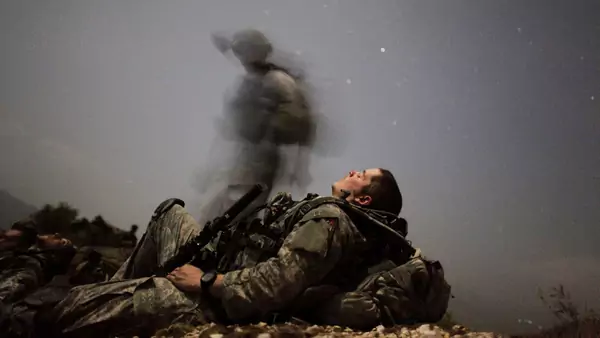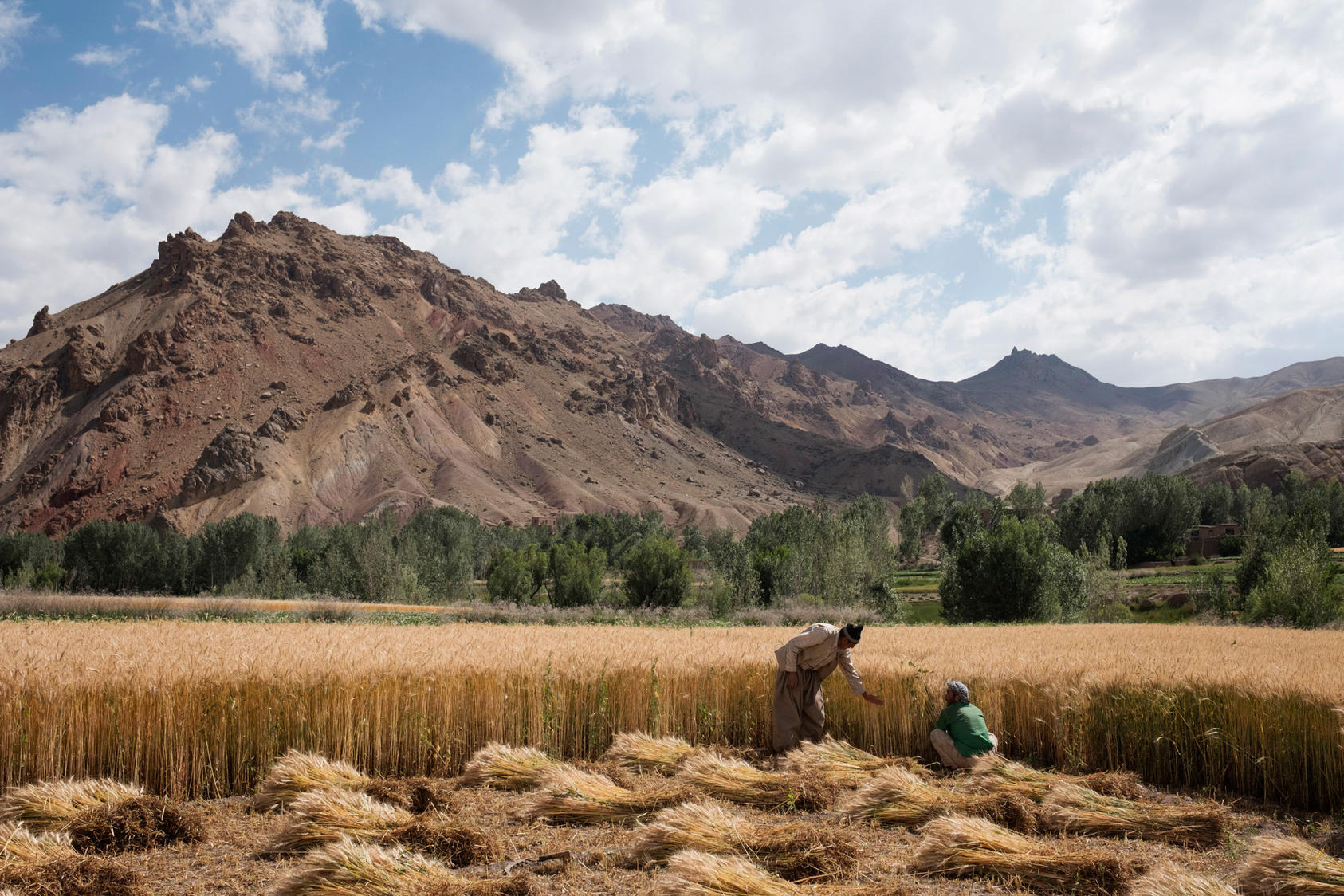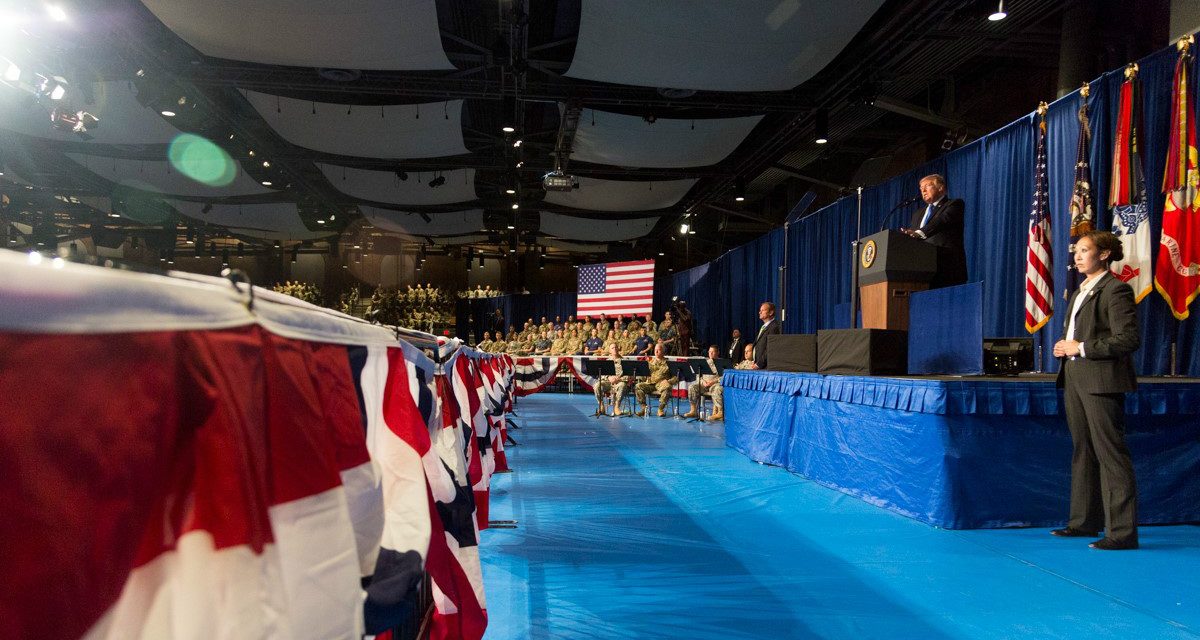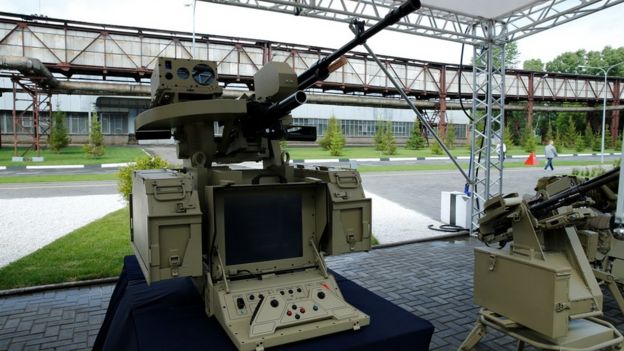Sudhi Ranjan Sen
 As countries like Bangladesh, Myanmar, Vietnam and Thailand keenly watch the outcome of the standoff at the Doklam in Bhutan between the Indian and Chinese armies; New Delhi has tasked the Indian Navy to silently spread its influence and further strengthen its grip over the Indian Ocean Region.
As countries like Bangladesh, Myanmar, Vietnam and Thailand keenly watch the outcome of the standoff at the Doklam in Bhutan between the Indian and Chinese armies; New Delhi has tasked the Indian Navy to silently spread its influence and further strengthen its grip over the Indian Ocean Region.
Besides, the immediate security concern, India's stand on Doklam is also influenced by the message the outcome of stand-off will send to these neighbouring countries.
For the last two and half months Indian and Chinese troops are engaged in face-off at the Doklam plateau in Bhutan. China wants to construct a road through the plateau. India objects to the road and has deployed army.
A LARGE-MULTI-LATERAL EXERCISE OF INDIAN OCEAN LITTORAL COUNTRIES
For the first time ever Bangladesh - which now heads the Indian Ocean Naval Symposium (IONS) - with the help of India will be organising a large Naval exercise involving over a dozen countries.













